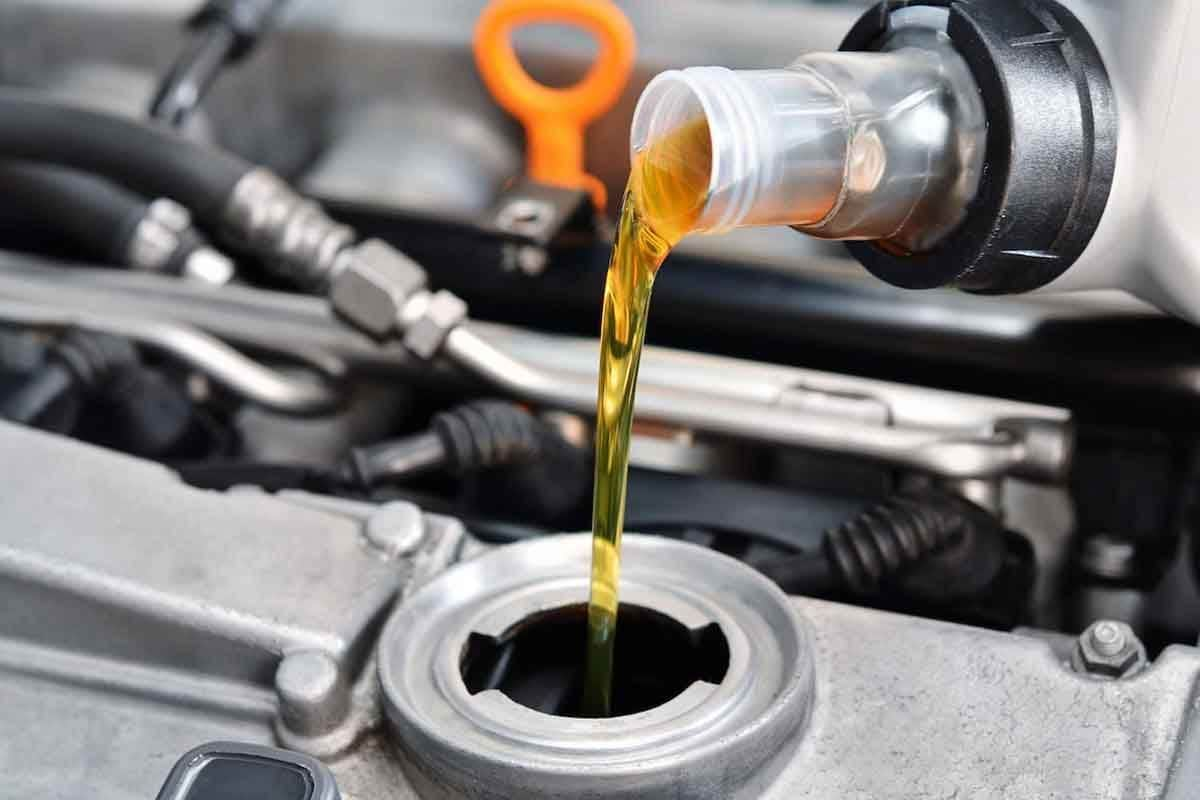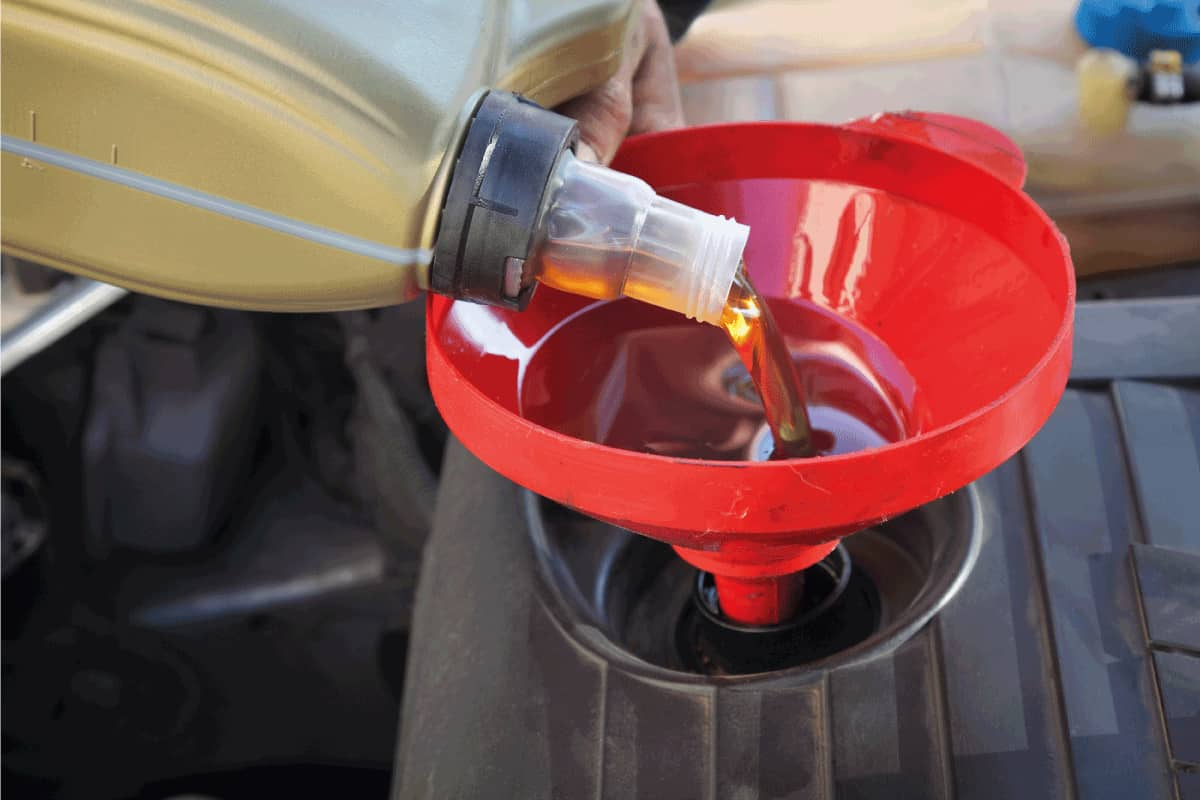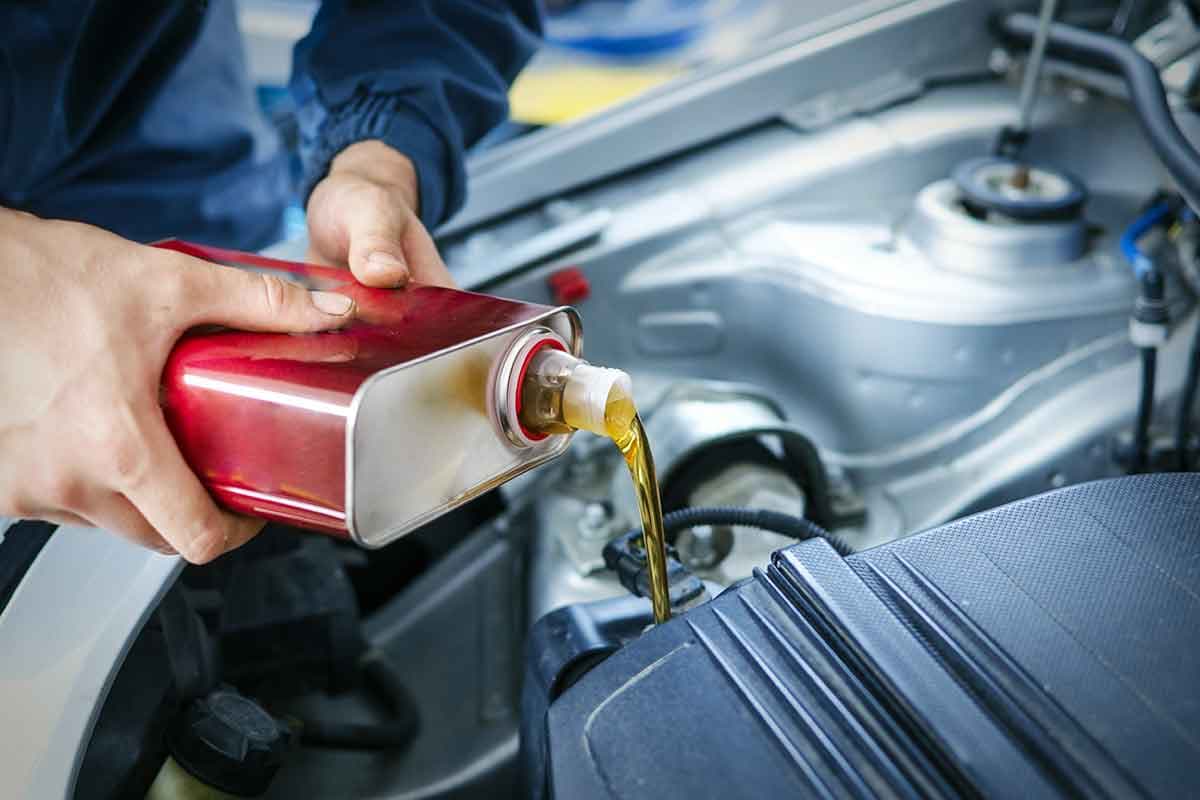Price and Buy diesel engine oil flush + Cheap Sale
in this post, we are going to define engine oil flush for diesel and gasoline vehicles and explain why it is needed and how it is done
In most modern cars, the oil should be changed every 3,000 to 7,000 miles as recommended by the manufacturer
One category of car owners faithfully has their oil changed at the recommended intervals, whereas another category of car owners either don’t have their oil changed at all or does it less frequently than recommended
To what type of car owner do you aspire to be? If you answered in the second option, you should generally plan on getting an engine flush either to avoid the buildup of sludge caused by degraded oil or to clear it up if it already exists
Why is it Necessary for Me to Have an Engine Flush? Your automobile is more likely to develop sludge buildup if you replace the oil in it seldom, engage in a lot of driving that involves many stops and starts, or have a vehicle that sits unused for long stretches of time
It is the job of the engine oil to go through the various components of the engine and lubricate them as it goes
This helps to maintain the components in excellent operating condition
However, the manner in which a person operates a motor vehicle might sometimes prevent the oil from performing the function for which it was designed
For instance, taking short journeys of only a few miles and doing a lot of stop-and-go driving can cause particles in the oil to leave deposits in the engine
This accumulates over time and makes it more difficult for oil to circulate freely through the engine
On the other hand, there are things you can do to clean the engine and remove hazardous sludge

It might be an expensive error to neglect your engine in any way, from changing the oil to flushing the system
This could force you to replace the engine totally
Although oil filters may remove particles as fine as 25 microns (which is equivalent to roughly 1/1000th of an inch), there are still particles present in the oil that are even smaller and cannot be removed by even the most effective filter
Over the course of time, these minute particles can either cause wear or combine with one another to form sludge or deposits
If there are a large amount of these particles, clean oil is almost completely ineffective in removing them
The chemicals that are utilized for an engine cleanse, on the other hand, can
How Does One Perform an Engine Flush? An engine flush is essentially the act of a mechanic adding chemicals to the engine oil in order to break down sludge or carbon deposits that have formed over time as a result of using old oil
Your mechanic can do an engine flush using one of three distinct approaches; they will choose the one that works best for your vehicle
After removing a tiny amount of oil from the engine, a non-solvent flush additive chemical that is meant to break up carbon deposits in the engine is injected into the system
This procedure is intended to clean up the engine
After that, a test drive is done in the vehicle to ensure that the chemical was distributed evenly throughout the engine

When the deposits are broken up, they are released into the oil, where they are then filtered out by the filter
In the final step, the automobile has its oil changed and its filter replaced, which gets rid of any remaining grime and filth
Following the removal of a tiny amount of oil from the engine and the addition of the non-solvent flush additive chemical, the vehicle is allowed to sit at a stoplight or parking lot for five to ten minutes without being driven
This makes it possible for the chemical solution to go around the engine in a circular motion, therefore dissolving any sludge that may be present and suspending it within the oil filter
At this point, the oil, as well as the filter, are both replaced
The used oil is drained out of the engine, taking any sludge along with it
As with any other type of oil change procedure, the car is drained of its previous oil and then refilled with fresh oil that has been treated to remove any non-solvent chemical formations
The next step is to either run the engine or let it idle for a period of time so that the cleaning agent may reach all of the areas within the engine that oil normally would
They finish up by changing the oil and the filter, which restores the car to its initial state of functioning normally
Advantages of Having Your Car’s Engine Cleaned
In spite of the fact that the most important advantage of having an engine flush done is the reduction or elimination of the negative effects that are caused by sludge, there are other advantages to having this service performed

For instance, if your vehicle has had a problem with the head gasket leaking and the coolant has leaked into the crankcase, where it has mingled with the oil, it is imperative that this be cleaned out completely; hence, an engine flush would be required in this scenario
In addition, if you have just acquired a previously used car that has almost no record of previous maintenance, an engine flush followed by an oil change with new oil may save an expensive repair in the future
On the other hand, vehicles that have recently undergone internal engine repairs might benefit from having a flush performed on them
Because the chemicals will assist in clearing away any residual particles before the addition of fresh oil
Last but not least, an engine flush is something that should be considered for vehicles that go a long time between oil changes
As oil becomes more contaminated, there is a greater possibility that carbons and other particles may accumulate in the engine
It is recommended that you do a flush on your car whenever you undertake any kind of maintenance on it, especially in areas where oil is present
This will assist to increase the vehicle’s lifespan

Imagine that doing an engine flush is like starting your engine from scratch
Second chances are rare, so you should make the most of this one and begin doing routine maintenance on your car immediately
This includes, but is not limited to, having oil changes performed on your vehicle at the intervals advised by the manufacturer of your vehicle
By staying on top of your vehicle’s normal maintenance, you can keep your vehicle on the road and save money on expensive repairs
Both your vehicle and your pocketbook will be grateful to you